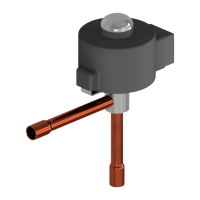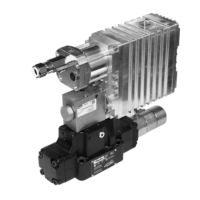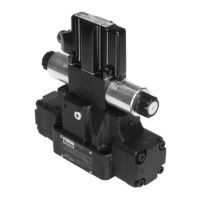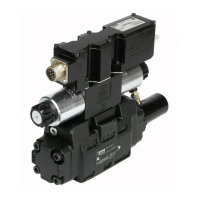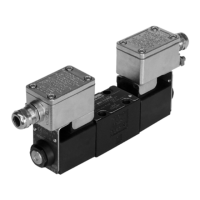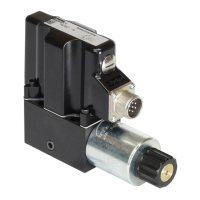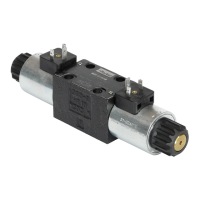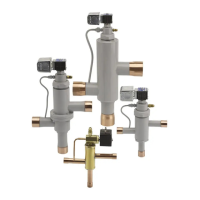3.1.3. Multi-Purpose Used as AC-Coupled Frequency Input
The following multi-purpose inputs can be used as AC-coupled frequency inputs:
INPUT1_ADF and INPUT2_ADF
3.1.3.1. AC-Coupled Frequency Input Capabilities
AC-coupled frequency inputs provide AC-coupling, which allows you to read the
frequency of external signals that have either large DC offsets, or no ground
reference. These inputs are ideal for use with variable reluctance and inductive
pickup sensors.
Quadrature and pulse counting is possible; however, we recommend that you not
use these functions with AC-coupled frequency inputs.
The following table provides specifications for the VMM2404 general purpose
inputs when used as AC-coupled frequency inputs:
AC-Coupled Frequency Input Specifications
Pull-up / down resistance
Input resistance – pull-up/pull-down
disabled
Frequency range @ 0.25 Vp-p
Switching threshold voltage
7
Leakage current sleep mode
- pin @ 12 V
3.1.3.2. AC-Coupled Frequency Input Configuration Options
AC-coupled frequency inputs have 4 programmable gain and attenuation factors.
The pull-up or pull-down resistors for AC-coupled frequency inputs can be
enabled or disabled; however, both pull-up and pull-down cannot be enabled at
the same time. The pull-up and pull-down resistance is 3.3 kΩ.
Input voltage range assumes that the inductive pickup will increase in voltage as flywheel speed increases. Analog input pull-
up configuration options must be selected accordingly to prevent damage on those components at these voltage extremes.
The switching threshold on AC-coupled inputs is not programmable, and is set internally to ensure proper conversion of the
input signal through a comparator circuit. The value given in the table is not a physical value on the product's input pin.
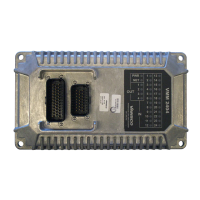
